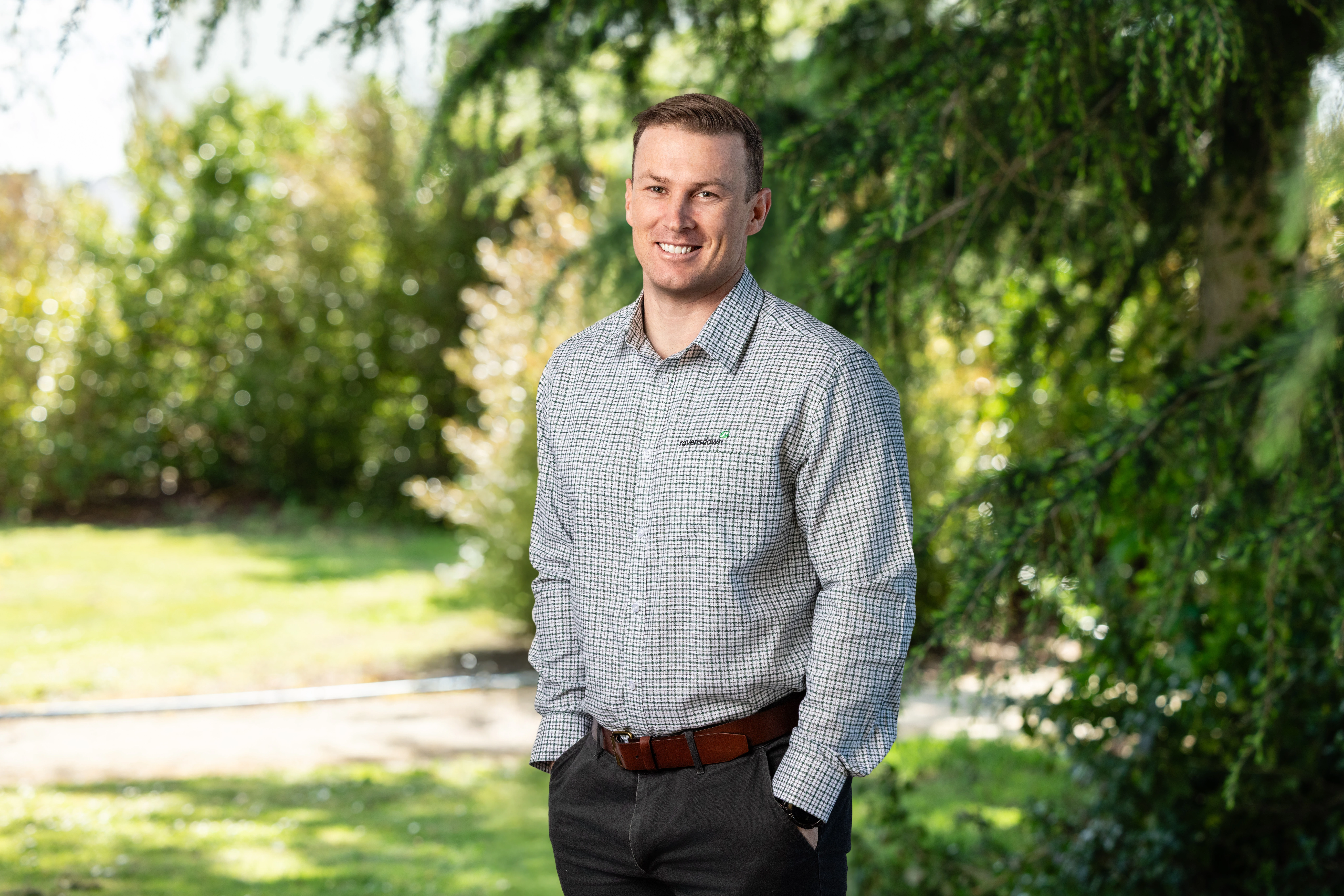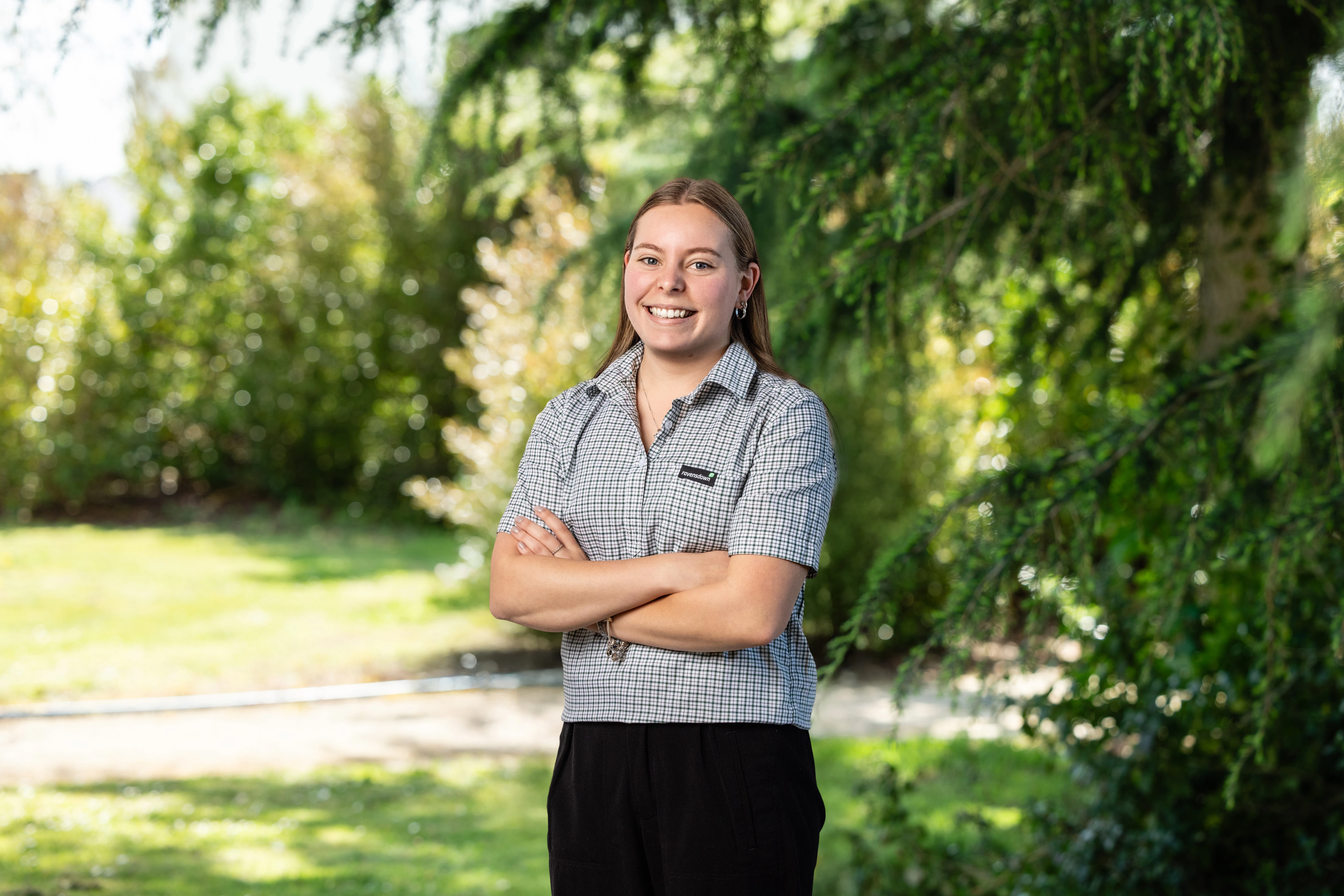
Environmental
Smarter farming for stronger environmental outcomes

Our environmental consultants work alongside farmers and our wider Ravensdown agri managers and agronomists, to help you navigate regulations, reduce nutrient loss, improve freshwater outcomes, and protect your land for future generations.
With deep regional knowledge, practical tools, a science-first approach, and hands on experience – you’re in great hands.
For general questions simply drop us a line, or reach out to a consultant below.
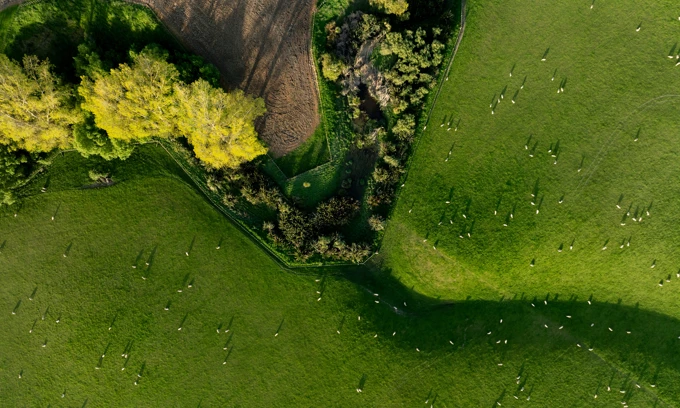
Resource consent and planning
We’ll guide you through the process—from tailored advice and assessments to lodging applications and navigating planning rules.
Learn about resource consents
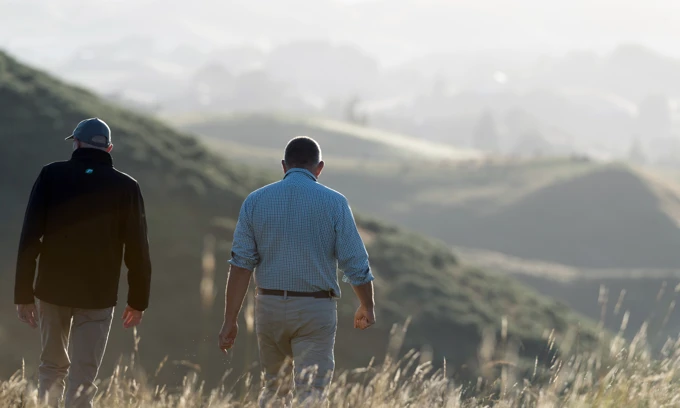
Nutrient modelling
Need to meet regulations or explore farm system changes? We model nutrient losses and help you plan your next move with confidence.
Learn about nutrient modelling
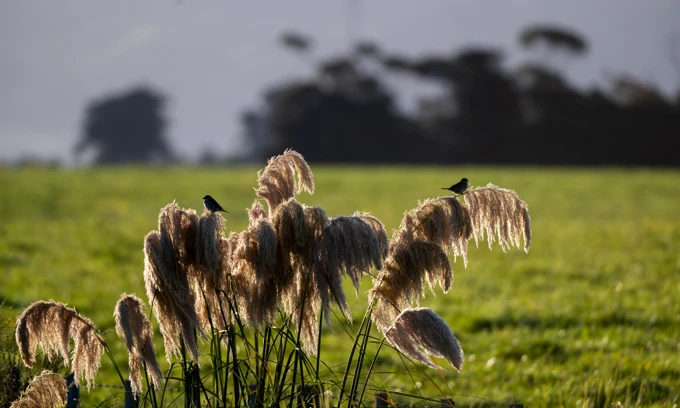
Farm environmental plans (FEP)
We’ll help you build a robust, compliant FEP that ticks every box—driving improvements for the long-term.
Learn more about FEPs
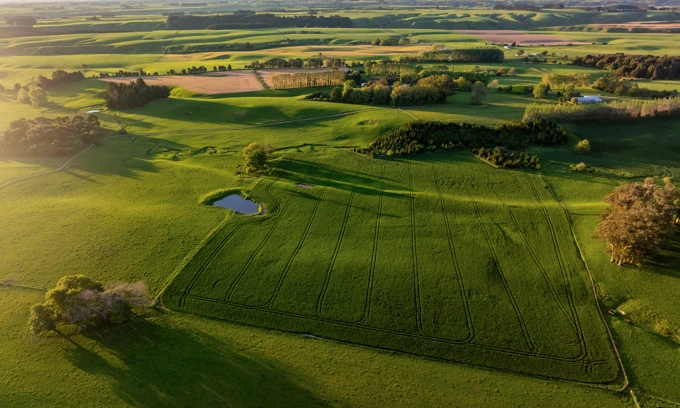
NZFAP
Need help preparing for your NZFAP Plus certification?
We can help you
Meet our team of experts
Environmental reporting with HawkEye
Stay ahead of environmental reporting with easy nutrient tracking, mapping, and compliance planning, in one smart tool.
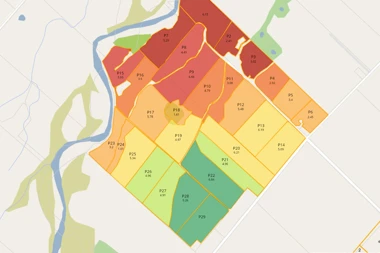
News and advice
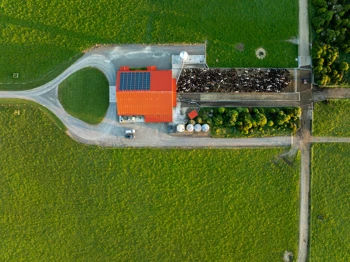
News & advice
01 May 2025
Fonterra invests in EcoPond pilot to reduce on-farm emissions
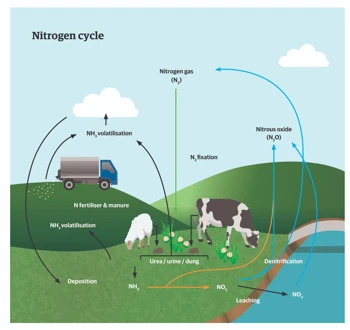
News & advice
01 June 2021
Elementary essentials #1: Nitrogen (N)
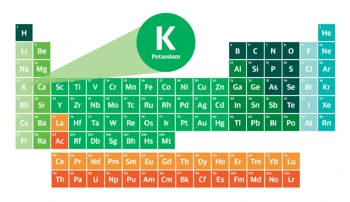
News & advice
01 July 2021
Elementary essentials #3: Potassium (K)

News & advice
03 February 2025
Friends of Ravensdown: Foxtrot Home
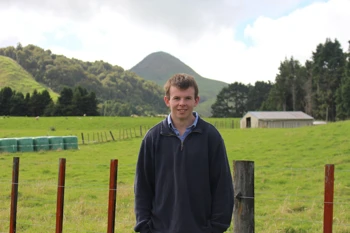
News & advice
14 February 2024
‘Scary’ floods inspire scholarship winner to improve rural climate resilience

News & advice
27 June 2024
Better for our planet and better for our customer’s bottom line
